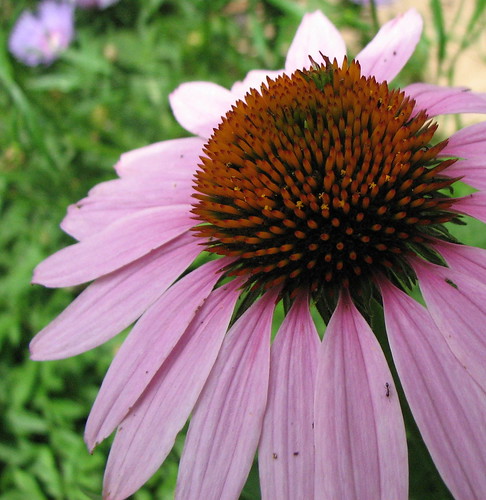How and Why Southerners Should Grow Echinacea

Echinacea is so hyped for its medical benefits that some people forget it is excellent for attracting beneficial insects and seed-loving birds.
Okay, so most of us don’t need to be talked into growing this one. Think of echinacea (also called coneflower) as the indoor plumbing of the garden — we usually take it for granted.
There are few flowers better at attracting beneficial wildlife than native plants, and there are few native plants showier than the echinaceas. Unlike many “native” plants sold at nurseries, this one is not only native to North America, it is mostly found in Appalachia!
The popular Echinacea purpurea has a wider range which includes the southeast, as does Echinacea pallida. However, Echinacea laevigata, Echinacea tennesseensis, and Echinacea simulata are firmly rooted in our area’s wilderness.
In addition to being a popular booster for the immune system, echinacea is also drought tolerant once established and covered in brightly colored blooms all season. Bees and other beneficial insects are drawn like a magnet before dispersing into your vegetable garden. Leaving the spent seed heads on the plants is a treat for finches and other birds in the cold months.
This isn’t a plant that you’ll have to scrounge internet catalogs to find. There’s a good chance your neighbor has some to share, but if not, garden centers are overflowing with varieties of echinacea. If you’re a purist, look for one of the species above and make sure it doesn’t have a cultivar name. If not, there is a height, shape, color, or scent of echinacea to fit almost any design needs you might have.
